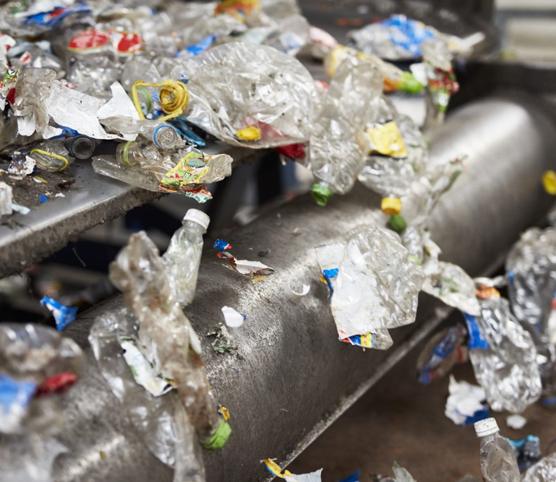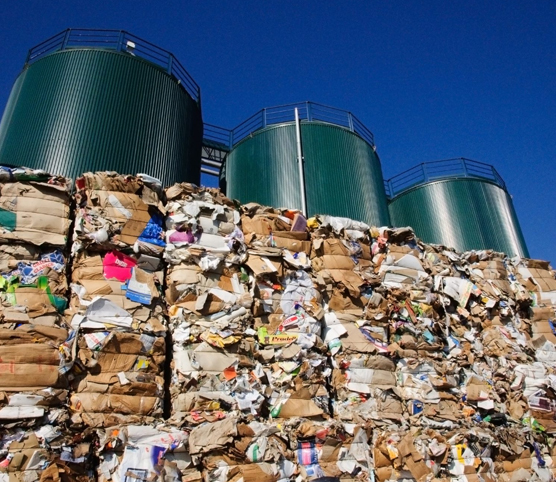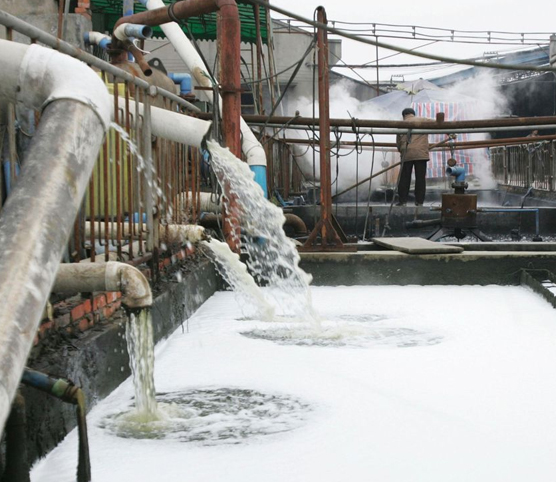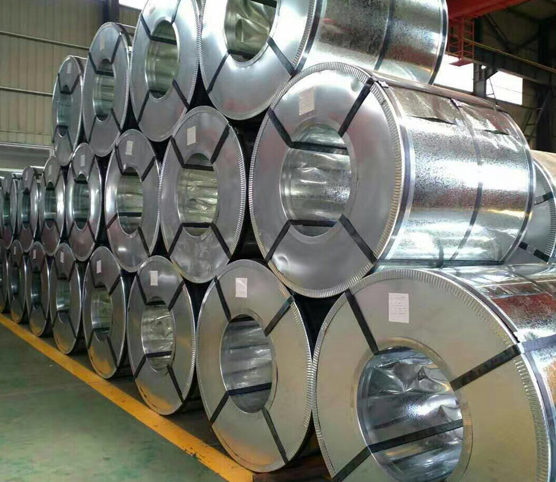Recycling
Gallium Arsenide Recycling
The proliferation of personal electronics devices such as cellular phones has led to the introduction of many hazardous materials into the waste stream, which if left unchecked can lead to a high environmental impact. Gallium arsenide (GaAs) semiconductors are one such component that is commonly used in cellular phones and must be disposed of accordingly as a hazardous waste. PRO, together with an SME, has worked to develop a clean process technology to recover and refine a highly pure and valuable gallium metal while producing a stable arsenic containing by product for safe and environmental disposal.


Wastewater Treatment for Textile Dyeing Mills
High regional growth in the textile industry created great demand for use of water in textile dyeing mills. Lack of efficient reuse of wastewater resulted in local communities being deprived of their water supply. High salt content of the discharged wastewater caused spread of uncultivable land. Local community loses faith in local water and depends on imported water for household use, causing economic hardship.
.
Recycling of Paper Mill Waste
Process Research ORTECH explored a number of separation techniques at its pilot facility to determine the best means of recovering paper fibers of lengths suitable for recycling. These techniques included elution, froth floatation, DSM screening and spiral concentration. The fibers recovered from selected processes were formed into hand sheets, all of which exceeded the minimum strength properties as defined by the client.


Recovery of Zinc from Scrap Galvanized Steel
Feedstock used in the manufacture of steel includes recycled scrap, such as galvanized scrap steel. During the manufacture of steel at high temperature, the zinc in the galvanized coating is volatilized to produce hazardous electric arc furnace (EAF) dust. This creates an environmental problem for which currently no solution is available, so EAF dust is stored as hazardous waste. A process that would eliminate the environmental problem, while recovering zinc is timely and warranted.
PRO's current sustainable technology aims at the recovery of zinc from scrap galvanized steel and/or electric arc furnace (EAF) dust by alkaline leaching. The residue of black scrap can be used as feedstock in the manufacture of steel. Sustainable Alkaline Process Provides:-Elimination of EAF dust environmental problem -Acceptable black scrap for steel manufacture-Production of zinc and opportunity to produce value-added nano zinc oxide product .


